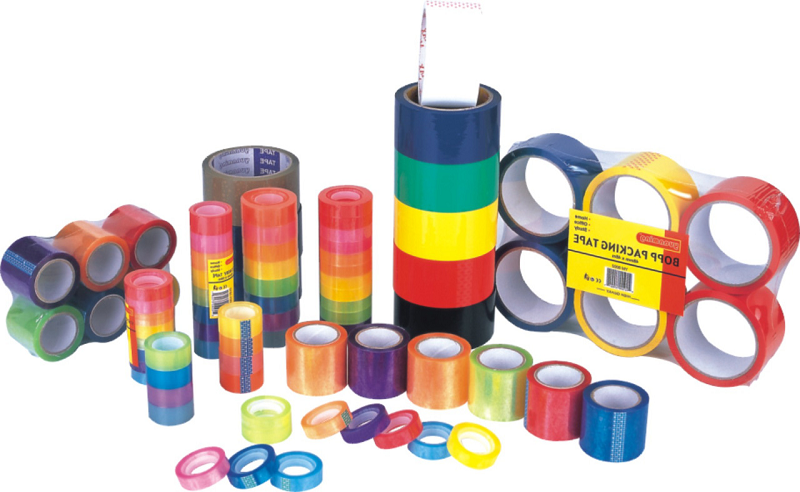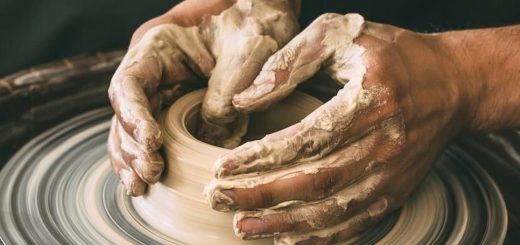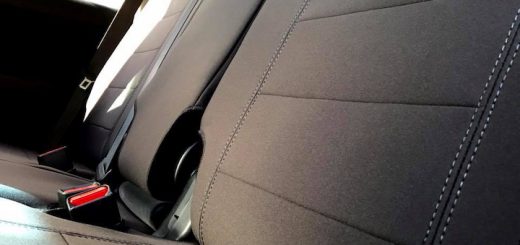The Essential Pottery Tools Every Potter Needs
Pottery is a creative and rewarding craft that allows artisans to bring their visions to life. However, even the most skilled potter needs the right tools to ensure efficiency, precision and enjoyment in the process. Whether you’re a beginner or a seasoned ceramicist, having the proper equipment can make all the difference in your workflow and the quality of your finished pieces. Let’s explore the essential tools every potter needs in their studio.
1. The Potter’s Wheel and Accessories
For those who love wheel throwing, the potter’s wheel is the heart of the studio. There are two main types: electric and kick wheels. Electric wheels offer speed control and convenience, while kick wheels provide a more traditional, hands-on experience. Choosing the right wheel depends on your preference, workspace and production level. To complement your wheel, you’ll also need essential accessories such as:
- Splash pans: These help keep your workspace clean by catching excess water and clay.
- Bat pins and adaptors: These allow for easy attachment of bats to your wheel head.
- Trimming bats: Perfect for securing delicate pieces during the trimming stage.
Having the right wheel setup not only improves your throwing process but also enhances comfort and efficiency in your pottery practice.
2. Pottery Bat: Why Is It Essential?

In pottery, useful pottery bats are some of the most handy accessories. These flat, detachable surfaces allow you to throw your clay on a stable platform and remove it easily without distorting your work. Instead of struggling to lift a freshly thrown piece from the wheel head, simply remove the bat and let your piece dry in place.
Why Use Bats?
- Convenience: Easily transfer delicate pieces without damaging them.
- Efficiency: Work on multiple projects at once by switching pottery bats out.
- Support for large pieces: Essential for throwing wide or heavy forms.
- Consistency: Maintain uniform bases when working on a series of pieces.
- Less mess: Keep the wheel head cleaner and reduce unnecessary clay build-up.
Types of Pottery Bats for Sale
There are several materials to choose from, each with its advantages:
- Plastic bats: lightweight, durable, and resistant to moisture, this type of pottery bat is ideal for beginners and professionals alike.
- Wooden bats: traditional and sturdy, these bats require sealing to prevent warping over time. They’re best for those who prefer a natural feel.
- Plaster bats: these bats absorb moisture, which is great for drying clay pieces evenly. They’re especially useful for working with delicate or thin-walled pieces.
- Masonite bats: a cost-effective option that is durable and affordable. However, they need to be kept dry to avoid swelling.
How to Choose the Right Bat
Choosing a bat depends on your pottery style and the type of work you do. If you frequently create large, heavy pieces, invest in sturdy plastic or wooden bats. If you need better moisture control, plaster bats can help regulate drying times.
Keeping a variety of bats on hand ensures you’re always prepared for different projects. If you’re looking for quality pottery bats for sale, it’s worth investing in a range of sizes and materials to suit different projects. Always clean and dry your bats after use, and store them flat to prevent warping.
3. Hand Tools, Sponges and Water Tools
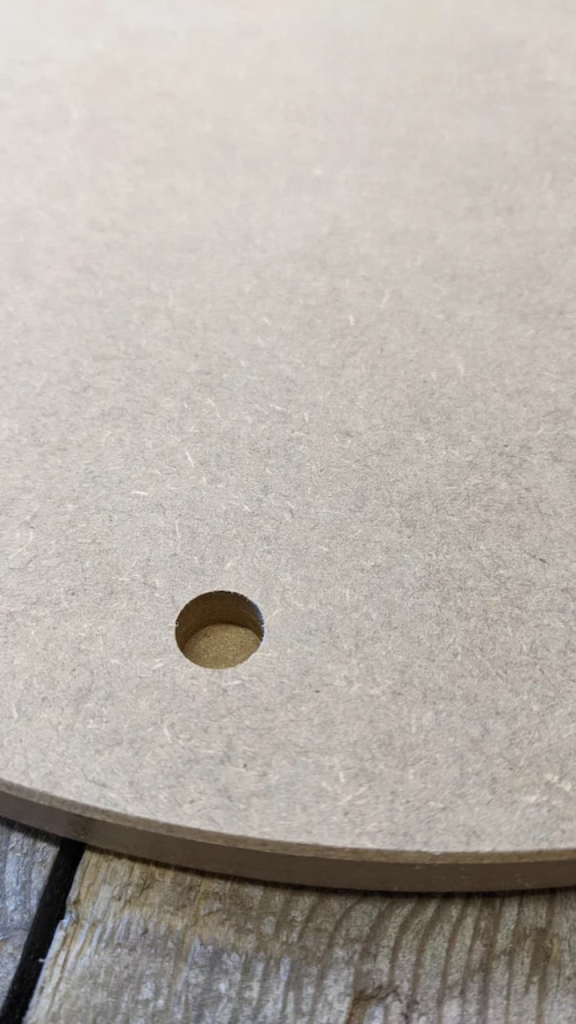
Every potter relies on a set of hand tools to refine and shape their work. Here are some essentials:
- Ribs and scrapers: used for smoothing and shaping clay, ribs can be wooden, metal, or rubber, each offering different textures and effects.
- Needle tools: perfect for scoring, detailing, and trimming excess clay.
- Wire cutters: used to slice clay from blocks and remove pieces from the wheel.
- Wooden modelling tools: ideal for carving, shaping and adding texture.
Sponges are also a must-have in any studio. A throwing sponge helps control moisture while working on the wheel, while a clean-up sponge keeps your workspace tidy. Tools like squeeze bottles and water sprayers help maintain the right consistency in your clay, preventing it from drying out too quickly or becoming too wet.
4. Decorating and Finishing Tools
Once a piece takes shape, the real creativity begins. Carving and engraving tools can help you add intricate designs, while slip trailers and underglaze pens allow for precise detailing. Brushes play a key role in glazing and painting, ensuring you get an even and polished finish. To create texture and patterns, use sponges and stamps. Burnishing stones help achieve a smooth, polished surface without glazing. These tools will allow you to add personal touches, making each ceramic piece unique.
5. Kilns and Firing Tools
Firing transforms raw clay into durable ceramic pieces, and choosing the right kiln affects the outcome. Electric kilns offer ease of use, making them perfect for small studios. Gas kilns provide greater control over glaze effects, while wood-fired kilns create unique, organic finishes for those willing to put in the extra effort. A successful firing process depends on the right accessories. Pyrometric cones help measure temperature accuracy, kiln shelves and posts allow for efficient stacking, and tongs and gloves ensure safe handling. Glaze sprayers and dipping tools help you achieve an even glaze application before firing.
6. Organisation and Storage
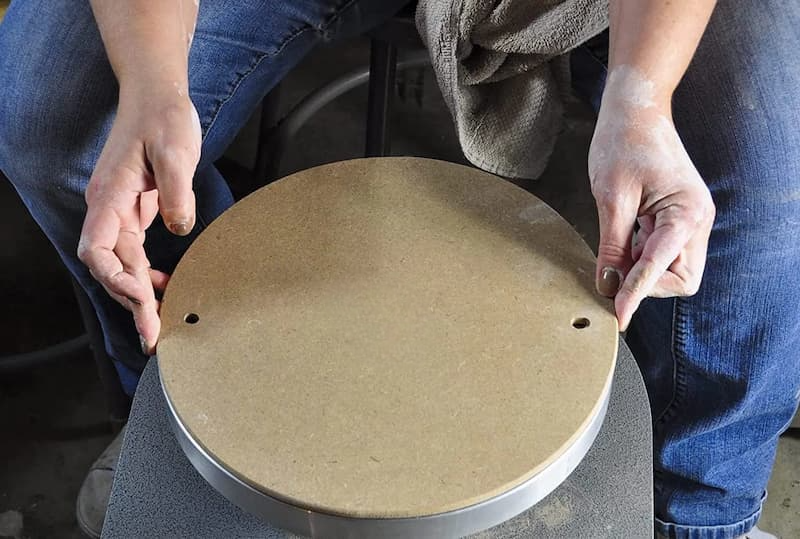
A well-organised studio boosts productivity and creativity. Use tool caddies to keep frequently used hand tools within reach, and bat racks to store bats securely to prevent damage. Use clay storage bins to keep materials fresh and shelving units to provide space for drying pieces, storing glazes and arranging works-in-progress efficiently. Keeping a tidy workspace reduces stress and streamlines the creative process. Customising storage solutions to match your workflow makes it easier to locate tools and focus on crafting beautiful ceramics.
Conclusion
Pottery blends creativity and technical skill, but the right tools make the process even more enjoyable. From the bats to finishing accessories, every item in your toolkit plays a key role. Investing in quality tools and maintaining an organised studio ensures a smoother creative journey. So, gather your tools, fire up the kiln and let your creativity flow!
